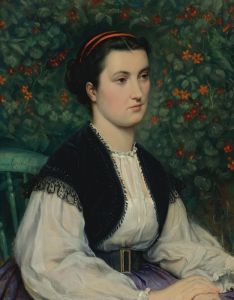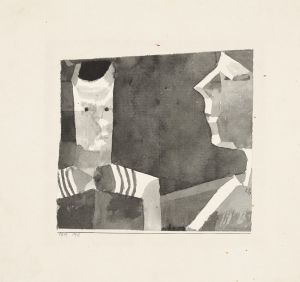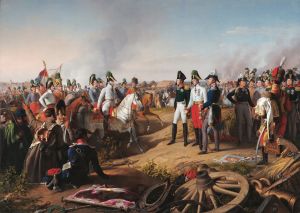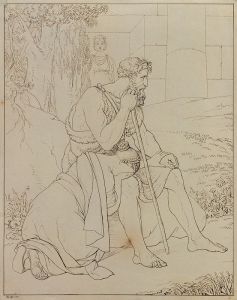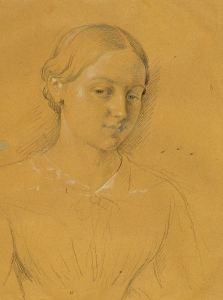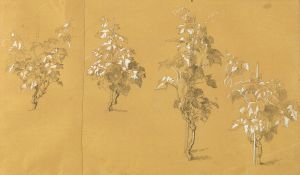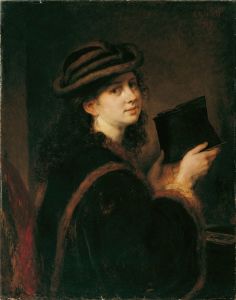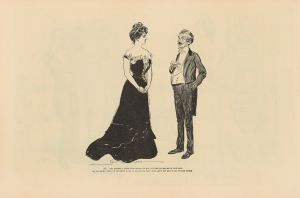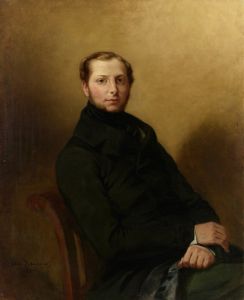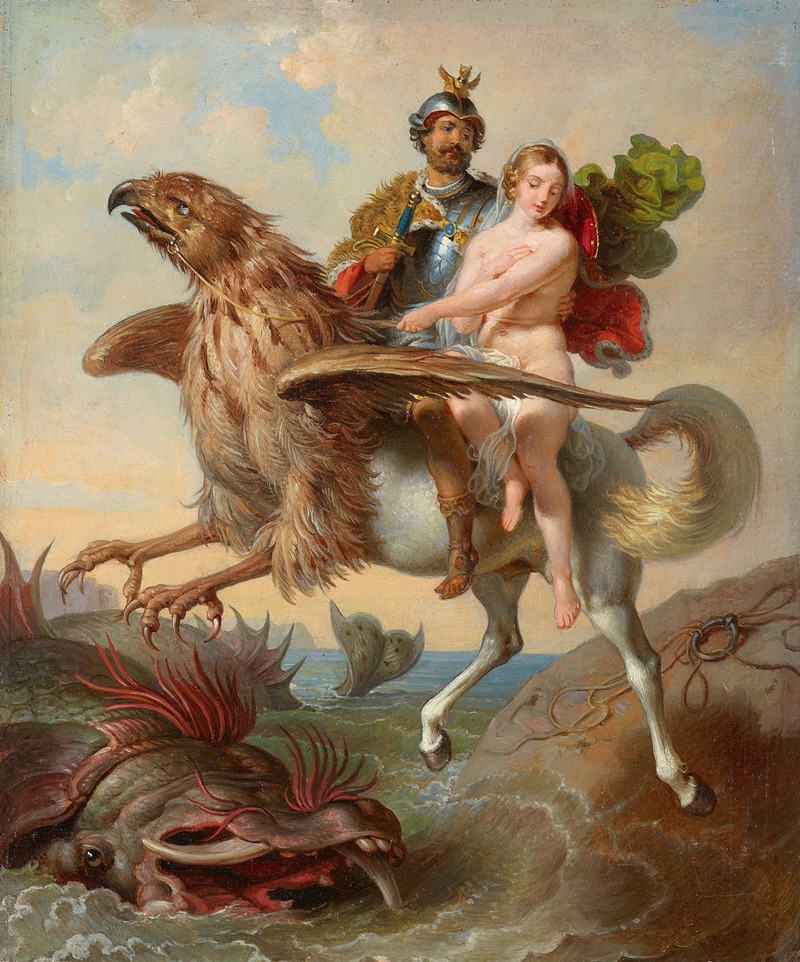
Rüdiger und Angelica
A hand-painted replica of Johann Peter Krafft’s masterpiece Rüdiger und Angelica, meticulously crafted by professional artists to capture the true essence of the original. Each piece is created with museum-quality canvas and rare mineral pigments, carefully painted by experienced artists with delicate brushstrokes and rich, layered colors to perfectly recreate the texture of the original artwork. Unlike machine-printed reproductions, this hand-painted version brings the painting to life, infused with the artist’s emotions and skill in every stroke. Whether for personal collection or home decoration, it instantly elevates the artistic atmosphere of any space.
Johann Peter Krafft was an Austrian painter known for his historical and genre scenes. One of his notable works is "Rüdiger und Angelica," which is an exemplary piece reflecting his skill in capturing dramatic and romantic themes. Krafft was born in Hanau, Germany, in 1780 and later moved to Vienna, where he became a prominent figure in the art scene during the early 19th century. His works often depicted scenes from literature, history, and mythology, showcasing his ability to blend narrative with visual art.
"Rüdiger und Angelica" is based on characters from the epic poem "Orlando Furioso" by Ludovico Ariosto, a seminal work of Italian literature from the 16th century. The poem is a continuation of Matteo Maria Boiardo's "Orlando Innamorato" and is known for its complex narrative and romantic adventures. Angelica is a central character in the poem, renowned for her beauty and the chaos her presence causes among the knights, including Rüdiger, who is one of the many suitors vying for her affection.
Krafft's painting captures a moment of interaction between Rüdiger and Angelica, illustrating the tension and romantic intrigue that are hallmarks of Ariosto's work. The artist's attention to detail and his ability to convey emotion through facial expressions and body language are evident in this piece. The use of color and light in the painting enhances the dramatic effect, drawing the viewer into the narrative.
Johann Peter Krafft's style is often associated with the Biedermeier period, which emphasized a return to simplicity and realism in art, contrasting with the preceding Romanticism. His works are characterized by their clarity, precision, and the careful composition of figures and landscapes. "Rüdiger und Angelica" exemplifies these qualities, showcasing Krafft's mastery in creating a balanced and harmonious composition that still conveys the underlying drama of the scene.
Throughout his career, Krafft held several prestigious positions, including serving as the director of the Belvedere Gallery in Vienna. His contributions to art were recognized during his lifetime, and he was awarded numerous honors. Krafft's works, including "Rüdiger und Angelica," continue to be appreciated for their artistic merit and their ability to convey complex narratives through visual means.
While specific details about the provenance or current location of "Rüdiger und Angelica" are not widely documented, Krafft's works are held in various collections, including the Belvedere in Vienna and other European museums. His influence on Austrian art and his role in shaping the visual culture of his time remain significant, and his paintings continue to be studied and admired for their technical skill and narrative depth.





